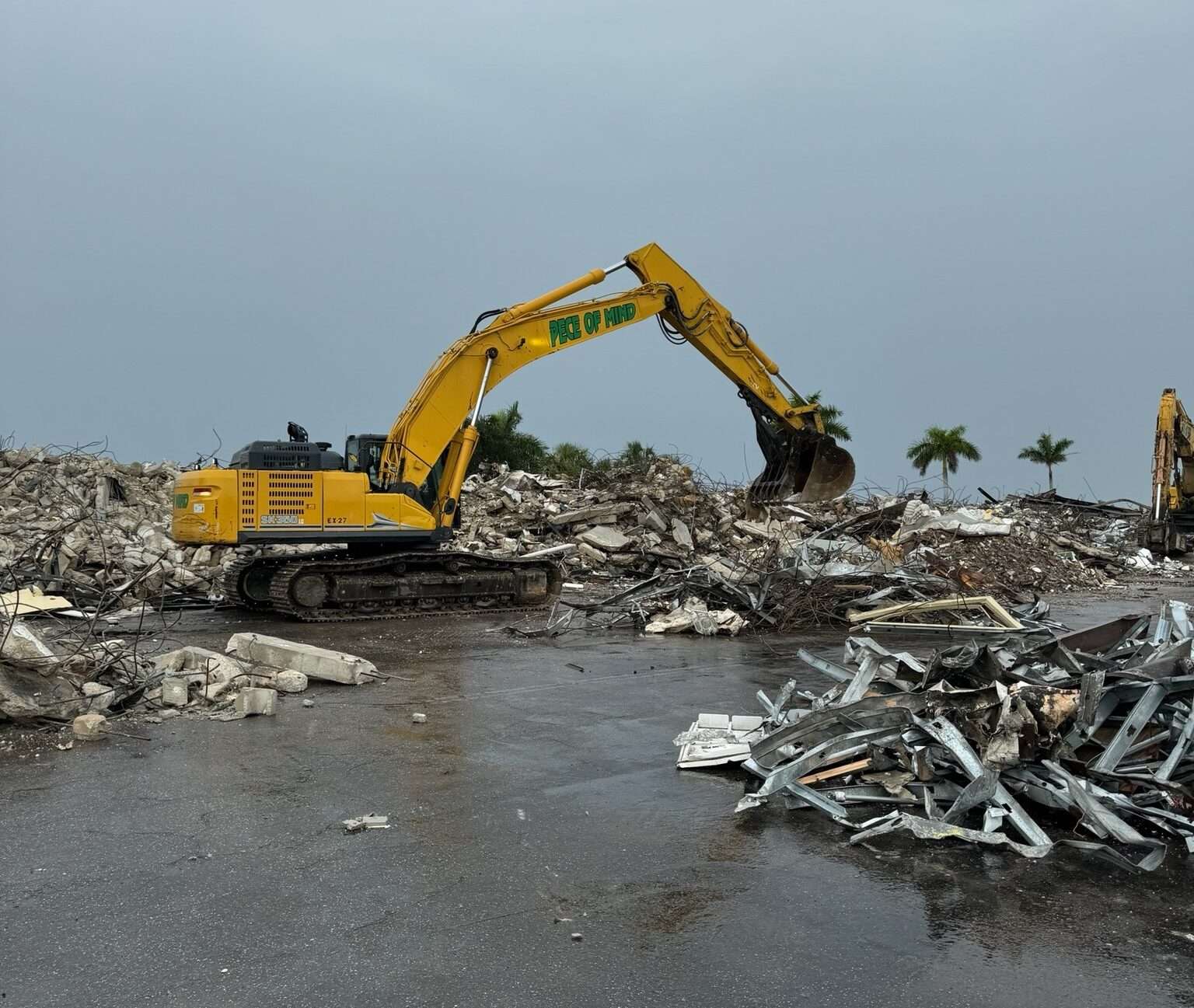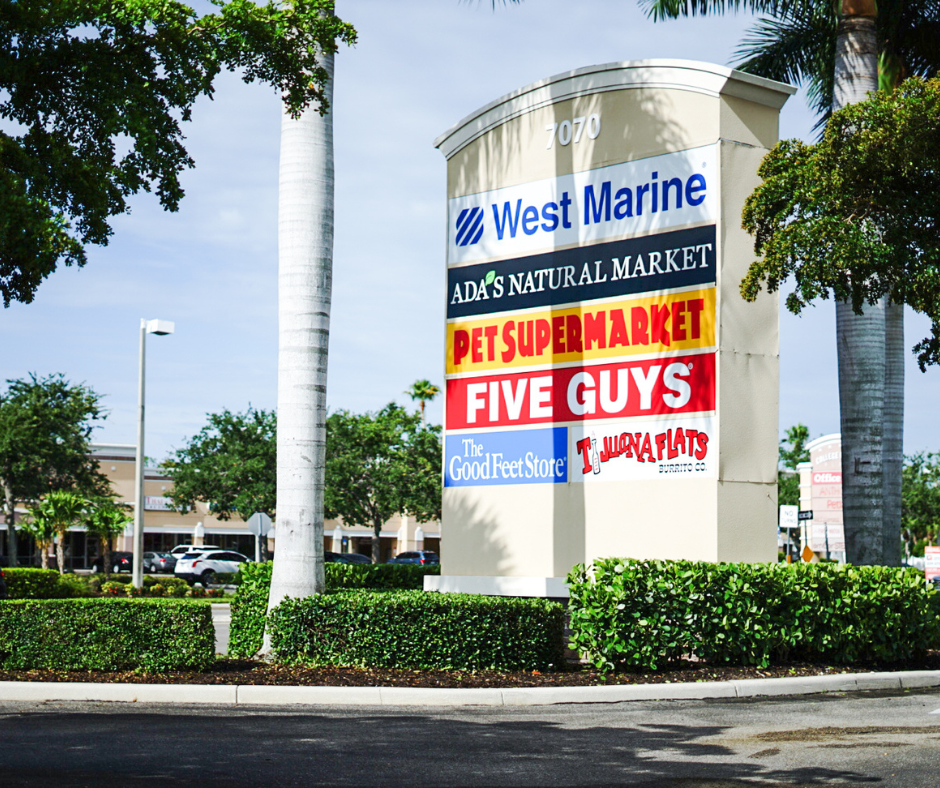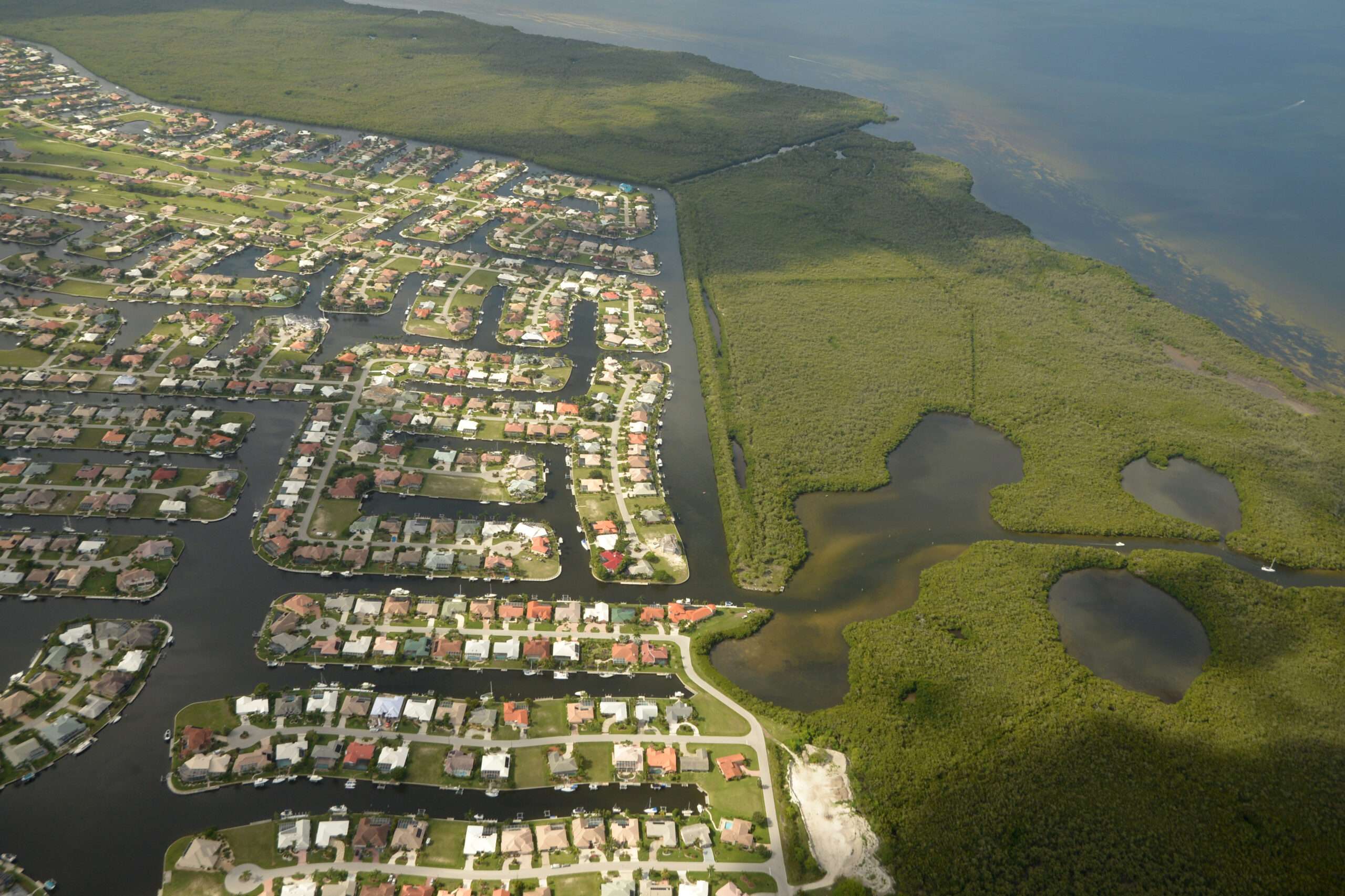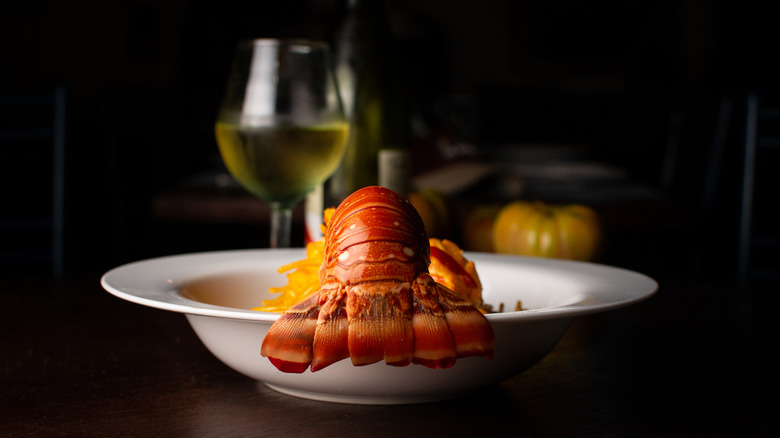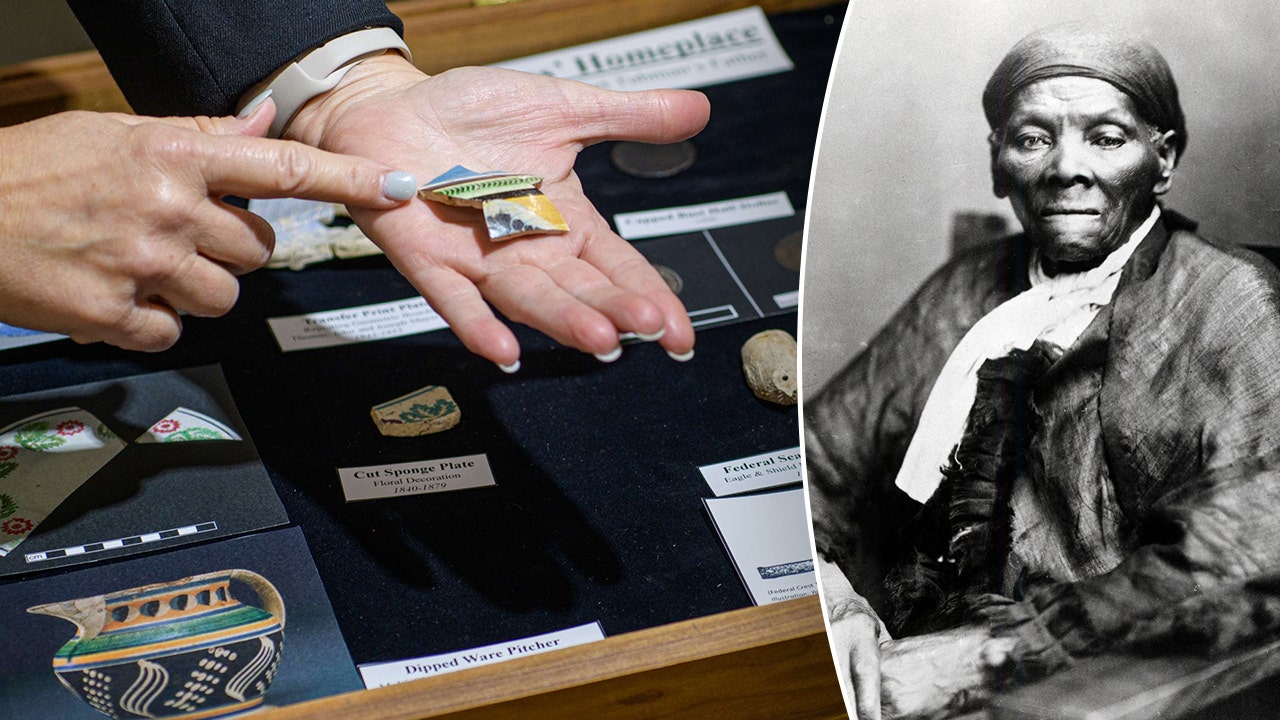CAPE CORAL, Fla. — Red tide is wreaking havoc in the waters, and the grim evidence lies in the dead fish spotted at Burnt Store Marina.
Steve Larry, a resident who has cherished his winters in this community for 15 years, has become accustomed to the natural beauty that surrounds him. However, this season has taken on a new and unsettling tone.
The phenomenon known as red tide is making its presence felt in locations where residents like Larry have never before encountered it.
“We take daily walks, and every so often, we come across groups of fish floating at the north harbor entrance, and we can’t help but wonder, what is going on?” Larry reflected, his brow furrowing with concern.
Watch Bella’s insightful report below:
Red tide is here and showing up in places one neighbor says they haven’t seen before
“Last Thursday, when we strolled along the harbor, it felt surreal. The inlet looked almost like a canvas painted with white, as thousands of fish lay lifeless,” he described, his voice tinged with disbelief.
In an effort to get some clarity, the team reached out to the Sanibel Captiva Conservation Foundation. Their response was alarming – the red tide off Sanibel is marked by dangerously high concentrations of Karenia brevis, and the reach of these harmful algal blooms has extended into Charlotte Harbor and Pine Island Sound, resulting in devastating fish kills.
“Back in 2018, we endured a significant red tide that left a lasting impact. This current event mirrors that intensity. Yet, we can’t predict if it will cause the same ecological damage,” noted researcher Richard Bartleson from SCCF, offering a cautious perspective.
Bartleson explained that while concentrations of 10,000 cells of algae per liter can be lethal to fish, the alarming reality is that they are currently witnessing counts exceeding one million cells per liter.
“No fish species can escape the threat posed by these elevated levels,” Bartleson stated matter-of-factly, an unsettling truth weighing on the minds of local anglers and seafood lovers alike.
Despite the dark cloud of red tide, there is a silver lining. Bartleson conveyed that fortunately, the situation is not worsening. However, caution is warranted; consuming seafood from these afflicted waters, particularly filter feeders like oysters and clams, is strongly discouraged.
The beach town, once bustling with life and laughter, now faces an uncertain future. For those like Larry, who found solace in daily walks along the water, this chapter serves as a sobering reminder of nature’s unpredictable temperament. Just as a charming sunrise can morph into a tempestuous storm, so too can the wonders of nature shift to embrace a darker side.






